Disclosure: This article contains affiliate links. We may earn a commission from purchases at no extra cost to you, which helps our travel content.
The first time I dipped my toe—quite literally—into the world of Japanese onsen culture, I was as nervous as I'd been during my first archaeological dig in the Yucatán. There's something equally intimidating about both experiences: the fear of disturbing something sacred through ignorance. But just as understanding ancient Maya bathing rituals helped me appreciate their civilization, learning to navigate the mineral-rich hot springs of Hakone has deepened my connection to Japanese culture in ways I never anticipated. After five years living in Tokyo, these therapeutic waters nestled among autumn-painted mountains have become my weekend sanctuary—a perfect blend of natural wonder and cultural tradition just 90 minutes from the city's pulse. Whether you're planning a romantic getaway or seeking authentic cultural immersion, this guide will help you navigate the steamy waters of onsen etiquette with confidence and appreciation.
Understanding Onsen Culture: More Than Just a Hot Bath
Long before modern wellness retreats became fashionable, Japanese culture had perfected the art of therapeutic bathing. As an archaeologist, I'm fascinated by how onsen traditions reflect Japan's relationship with nature and community—these aren't merely hot springs, but sacred spaces where natural elements are believed to heal both body and spirit.
Hakone sits within a volcanic caldera, its waters rich in minerals like sulfur, calcium, and magnesium. Each onsen claims unique healing properties: some for skin ailments, others for circulation or muscle pain. The Japanese have been documenting these benefits since the 8th century, with many historic onsen originally discovered by Buddhist monks or injured animals seeking relief.
What truly distinguishes onsen culture is its ritualistic nature. Much like ancient purification ceremonies I've studied across cultures, the process follows a specific sequence: thorough washing before immersion, quiet contemplation while soaking, and a period of rest afterward. This isn't merely bathing—it's a mindful practice that connects modern Japanese to their ancestors through shared experience.
For couples visiting Hakone, onsen bathing offers a unique opportunity to participate in a tradition that transcends tourist experiences. You're not just observing culture; you're immersing in practices that have remained remarkably consistent through centuries of change. Even as you soak in waters that have served generations, you'll notice locals performing the same rituals their grandparents did—a living heritage that few destinations can match.

💡 Pro Tips
- Research the specific mineral content of different onsen as each offers different therapeutic benefits
- If you have tattoos, check in advance if they're permitted as many traditional onsen still prohibit them due to historical associations with yakuza
- Consider booking a private onsen (kashikiri-buro) for your first experience if you're feeling shy about public bathing
Ryokan Selection: Your Gateway to Authentic Onsen Experience
Selecting the right ryokan (traditional Japanese inn) is perhaps the most crucial decision for your Hakone escape. These aren't merely places to sleep—they're cultural portals where every detail from the tatami-mat flooring to the kaiseki dining reflects centuries of refined hospitality.
After numerous research trips with visiting family members, I've found that Hakone's luxury ryokans offer an unparalleled balance of tradition and comfort. My personal favorite, Gora Kadan—a former imperial retreat—exemplifies omotenashi (Japanese hospitality) at its finest. The property seamlessly blends 17th-century aesthetic principles with modern amenities, offering private onsen baths with mountain views that feel almost ceremonial at sunrise.
For first-time visitors seeking both authenticity and comfort, I recommend investing in a room with a private bath. While public onsen are central to the experience, having your own allows for midnight soaks beneath the stars—something my sister and I still talk about years after our first visit. Many luxury properties feature rooms with both indoor and outdoor private baths, allowing you to experience different bathing environments.
When booking, consider the ryokan's dining program as well. Traditional kaiseki meals featuring seasonal ingredients are as much a part of the cultural experience as the baths themselves. I always travel with my Japanese phrasebook to help appreciate the detailed explanations many chefs provide about each course's significance.
While premium ryokans represent a significant investment (typically $400-800 per night including meals), the immersive cultural experience justifies the splurge for a special occasion. These establishments have preserved traditions that larger hotels simply cannot replicate, from yukata fittings to tea ceremonies that connect you to centuries of Japanese domestic life.
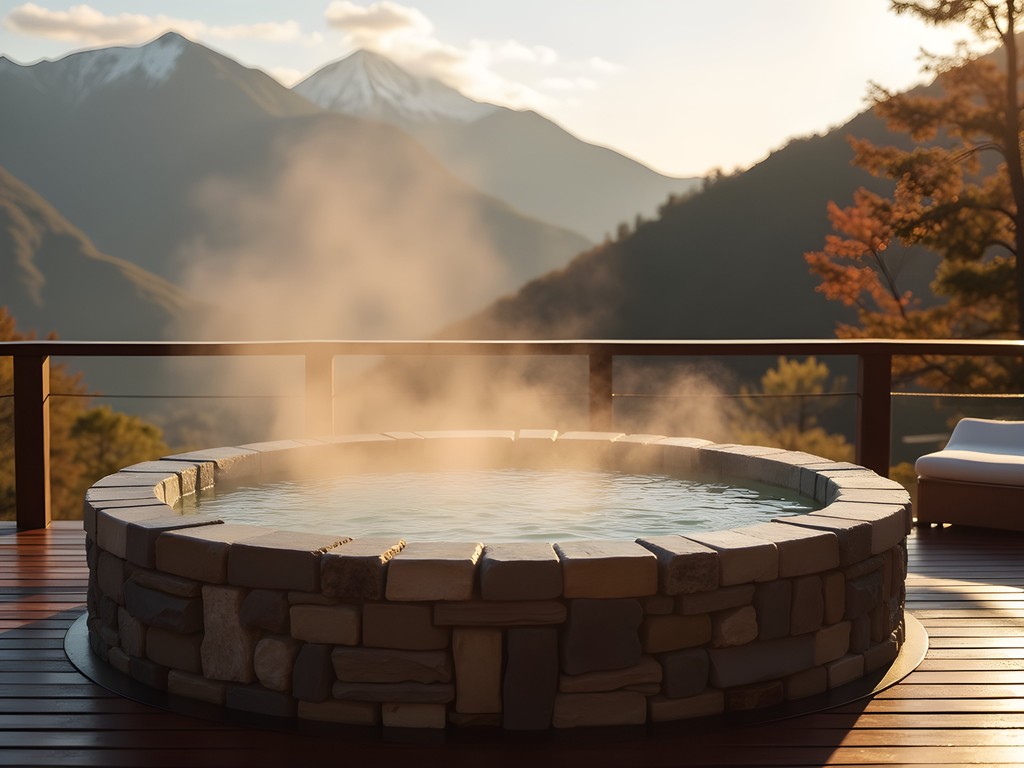
💡 Pro Tips
- Book at least 3 months in advance for premium ryokans, especially during autumn foliage season
- Request a room with mountain views rather than garden views for the most dramatic scenery
- Consider half-board options if you want to explore local restaurants for some meals
Onsen Etiquette: Navigating the Waters with Confidence
The ritualistic nature of onsen bathing often causes anxiety for first-timers, but understanding a few key principles will help you participate with confidence. As someone who's guided numerous friends and family members through their first experience, I've developed a simple approach to sharing these traditions respectfully.
First and foremost: cleanliness is paramount. The washing stations before entering the bath aren't for a quick rinse—they're for thorough cleansing. Sit on the small stool provided and use the hand shower to wash completely before approaching the communal waters. Many ryokans provide luxury bath amenities specifically formulated to complement the mineral waters.
Regarding nudity: public onsen are gender-separated, and yes, you'll be completely naked. This aspect often causes the most hesitation among Western visitors, but the atmosphere is non-sexual and matter-of-fact. Japanese culture has long separated communal bathing from intimacy—these are social and therapeutic spaces where the body is viewed pragmatically rather than sexually.
Once in the bath, the primary rule is tranquility. Conversation should be quiet and minimal; many Japanese use this time for silent contemplation. Never put your towel in the water—most bathers place their small hand towels folded on top of their heads while soaking. Also, tie up long hair to keep it from touching the water.
Temperature management is crucial for enjoyment. Onsen waters typically range from 40-44°C (104-111°F), significantly hotter than most Western baths. I recommend limiting initial soaks to 10-15 minutes, exiting to cool down, and then returning for another session. This pulsing approach—alternating between hot immersion and cooling periods—maximizes both enjoyment and therapeutic benefits.
For couples with tattoos, research is essential. While traditional onsen often prohibit tattoos due to historical yakuza associations, many ryokans now offer private baths that circumvent this issue. Alternatively, an increasing number of establishments provide waterproof bandages for covering smaller tattoos.
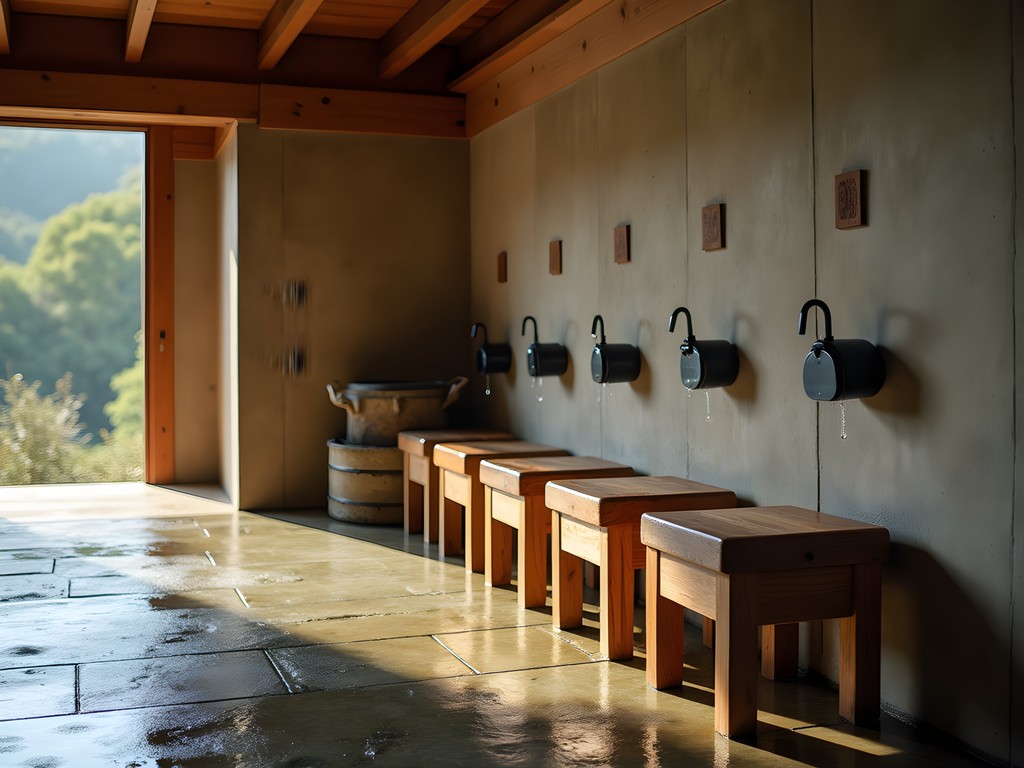
💡 Pro Tips
- Enter the water gradually to acclimate your body to the temperature
- Bring a small hand towel for modesty when walking between baths, but never submerge it in the onsen water
- Hydrate well before and after bathing—the mineral waters cause significant perspiration
Beyond the Bath: Cultural Exploration in Hakone
While onsen might be Hakone's primary draw, the region offers remarkable cultural experiences that complement your bathing rituals. As an archaeologist, I'm particularly drawn to how this volcanic landscape has shaped local artistic and religious traditions over centuries.
The Hakone Open-Air Museum merits at least half a day of exploration. Set against mountain backdrops, this sprawling sculpture park features over 100 masterworks by artists including Picasso, Henry Moore, and Taro Okamoto. What fascinates me is how the curators have positioned these contemporary works to dialogue with the ancient landscape—much like how onsen culture itself represents a conversation between human innovation and natural forces.
For a deeper historical perspective, visit Hakone Shrine with its iconic red torii gate standing partially submerged in Lake Ashi. The shrine dates to 757 CE and exemplifies Japan's syncretic religious traditions, blending native Shinto practices with imported Buddhist elements. Walking these grounds, you're literally tracing paths that pilgrims have followed for over a millennium.
To capture these experiences, I rely on my mirrorless camera with a versatile zoom lens. The autumn light in Hakone creates extraordinary photographic opportunities, particularly during golden hour when the mountains seem to glow from within.
Transportation between these sites becomes part of the cultural experience through the Hakone Round Course—a circuit combining vintage mountain railways, cable cars, and a reconstructed pirate ship crossing Lake Ashi. While distinctly touristic, these transport methods offer spectacular views that connect you to how travelers have experienced this landscape throughout history.
For a truly special experience, time your visit to coincide with one of Hakone's seasonal festivals. The autumn Daimyo Gyoretsu (feudal lord's procession) features hundreds of participants in historical costumes recreating the elaborate entourages that once traveled through the region—a living museum of Edo-period social structures.
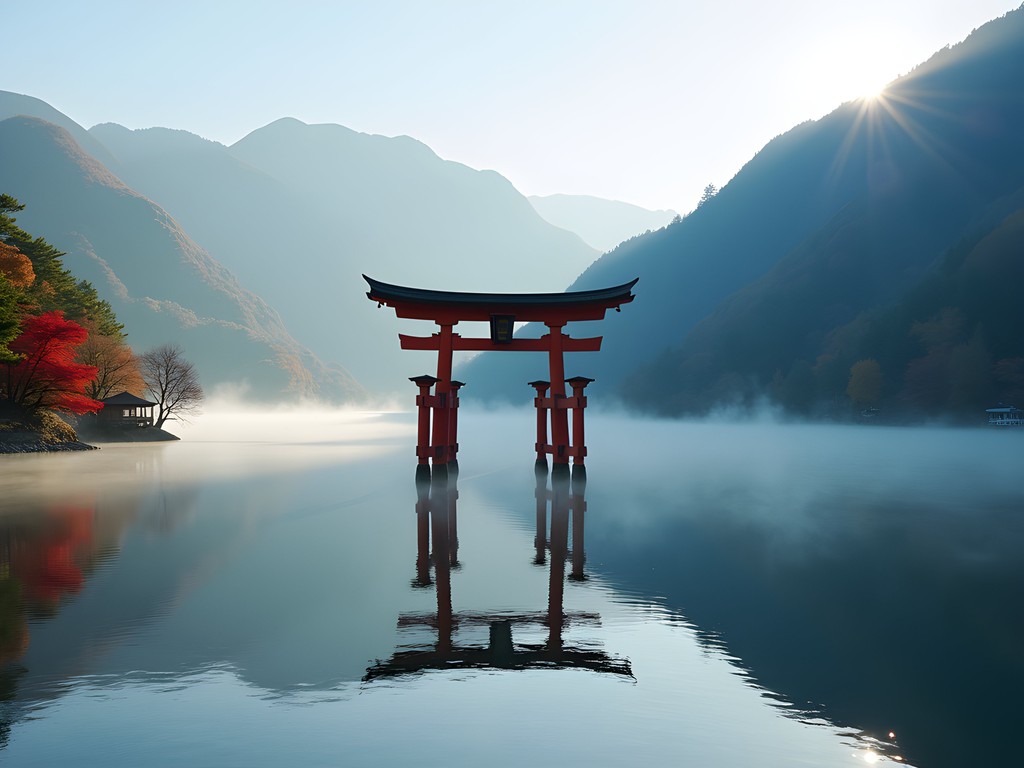
💡 Pro Tips
- Purchase the Hakone Free Pass for unlimited use of the Round Course transportation network
- Visit the Open-Air Museum early morning to avoid crowds and capture the sculptures in optimal light
- Bring a light jacket even on warm days as mountain weather can change rapidly
Seasonal Considerations: The Magic of Autumn in Hakone
While Hakone offers distinct pleasures throughout the year, autumn transforms this volcanic valley into a masterpiece of natural color that enhances every aspect of the onsen experience. Having visited during all seasons, I can confidently say that mid-October through late November provides the optimal balance of comfortable temperatures, visual splendor, and enhanced bathing pleasure.
The region's diverse elevation means you can often catch different stages of autumn foliage in a single visit. Lower valleys might display early reds while higher slopes retain golden hues, creating a tapestry effect across the landscape. This natural phenomenon reaches its peak around early November, when bathing in an outdoor onsen surrounded by maple trees feels like floating in a living painting.
Autumn temperatures in Hakone typically range from 8-18°C (46-64°F), creating the perfect contrast between crisp air and hot spring waters. This natural temperature differential amplifies the therapeutic sensation of immersion—something the Japanese call yu-atas (the lingering warmth after bathing). The experience of moving between cool autumn air and mineral-rich waters creates a heightened awareness of your body that borders on meditative.
For photography enthusiasts, autumn light in Hakone offers extraordinary opportunities. I pack my tripod for capturing the golden hour light that seems to illuminate the maple leaves from within. The combination of rising onsen steam, mountain backdrops, and fiery foliage creates images with almost ethereal quality.
Culinary experiences also peak during autumn, as ryokan kaiseki menus showcase seasonal ingredients like matsutake mushrooms, chestnuts, and kaki (persimmon). These ingredients have been celebrated in Japanese poetry and literature for centuries, adding cultural depth to your dining experiences.
One practical consideration: autumn is high season in Hakone, requiring advance planning. Premium ryokans often book 4-6 months ahead for weekend stays during peak foliage, with rates approximately 20% higher than shoulder seasons. The investment, however, delivers an experience that synthesizes Japanese aesthetics, natural wonder, and cultural tradition in perfect harmony.
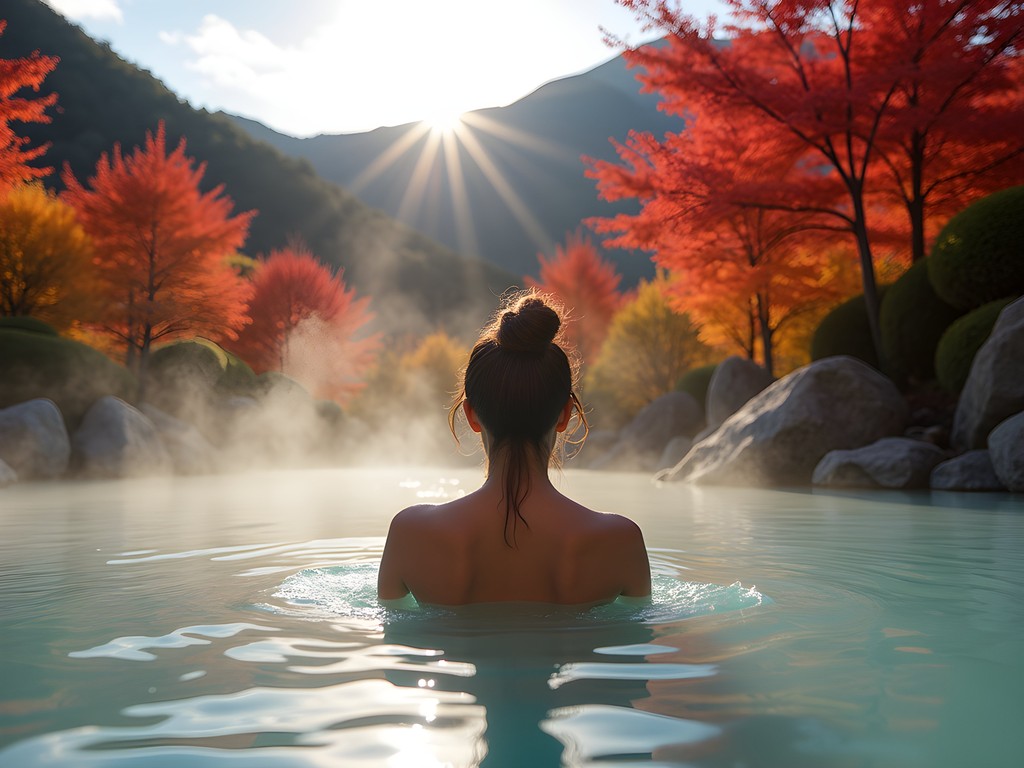
💡 Pro Tips
- Book accommodations 4-6 months in advance for autumn weekends
- Check the autumn foliage forecast (momijigari) before finalizing dates, as peak timing varies slightly each year
- Pack layers including a light down jacket for evening temperature drops
Culinary Dimensions: Kaiseki and Beyond
No cultural immersion in Japan is complete without exploring its culinary traditions, and Hakone offers exceptional opportunities to experience kaiseki ryōri—Japan's highest culinary art form. This multi-course dining experience originated in 16th-century tea ceremonies and has evolved into a sophisticated expression of seasonality, aesthetics, and local terroir.
At luxury ryokans, kaiseki meals are typically included with your stay and served in private dining rooms or occasionally in your guest quarters. What distinguishes these meals is their choreographed progression through cooking techniques and flavors, each course designed to highlight specific seasonal ingredients while complementing the onsen bathing experience.
Autumn kaiseki in Hakone features particular delicacies: matsutake mushrooms with their distinctive pine aroma, grilled ayu (sweetfish) from mountain streams, and chestnut-based desserts that reflect the harvest season. The presentation is equally important—dishes arrive on handcrafted ceramics chosen to enhance both the food and the seasonal theme, often incorporating maple leaves or autumn grasses as garnish.
Beyond ryokan dining, Hakone offers specialized culinary experiences worth seeking out. Tamago onsen (hot spring eggs) cooked in the sulfurous waters until the whites turn brown and the yolks remain creamy are a local specialty available at Owakudani. The black eggs are said to add seven years to your life—a claim I can't verify archaeologically, but they're undeniably delicious!
For sake enthusiasts, many ryokans offer tasting flights featuring local breweries that use Hakone's renowned spring water. I recommend bringing a sake journal to record your favorites, as many smaller producers aren't exported internationally.
Vegetarians and those with dietary restrictions should communicate needs well in advance. While traditional kaiseki heavily features seafood, luxury ryokans have become increasingly accommodating of dietary requirements when given proper notice. Some now offer specialized vegetarian kaiseki that maintains the artistic presentation and seasonal focus while substituting plant-based ingredients.
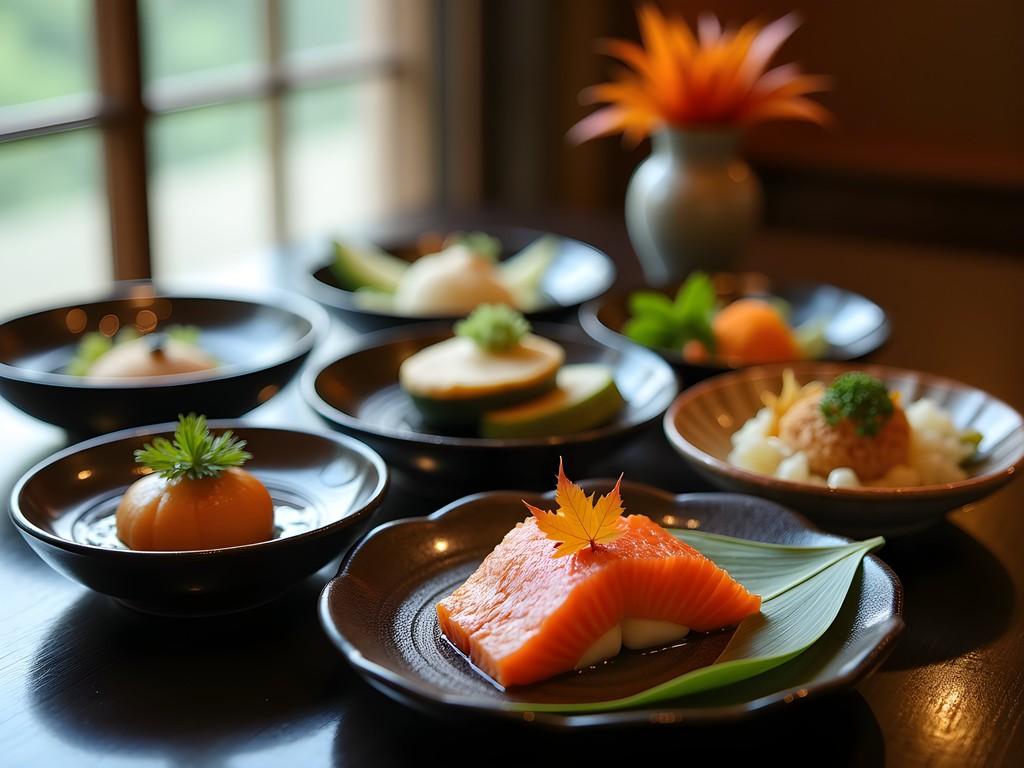
💡 Pro Tips
- Inform your ryokan of dietary restrictions at least two weeks before arrival
- Consider booking a kaiseki meal for your first night and exploring local restaurants on subsequent evenings
- Ask staff to explain unfamiliar ingredients—most chefs appreciate genuine interest in their creations
Final Thoughts
As I soak in the mineral-rich waters of Hakone, watching autumn leaves drift onto the surface like nature's own offering, I'm reminded that onsen culture represents something increasingly rare in our world—an unbroken tradition that connects contemporary experience to ancient practice. These waters have witnessed centuries of human stories while remaining essentially unchanged. For couples seeking more than mere relaxation, Hakone offers something profound: a chance to step into living cultural heritage while creating your own layer of memory within it. The practices you'll learn—from proper bathing etiquette to appreciating kaiseki's seasonal storytelling—will transform your understanding of Japanese culture far beyond what typical tourism provides. As you return to Tokyo's modern pulse, you'll carry not just souvenirs but embodied knowledge of traditions that have sustained Japanese well-being for generations. The steam may fade from your skin, but the experience remains—a private reference point for understanding Japan's soul.
✨ Key Takeaways
- Book private onsen experiences for your first visit if public bathing feels intimidating
- Autumn offers the ideal combination of visual beauty and perfect temperature contrast for onsen enjoyment
- Understanding proper bathing etiquette enhances both your experience and locals' appreciation of your cultural respect
- Kaiseki dining is an essential cultural complement to the bathing experience, not merely a meal
📋 Practical Information
Best Time to Visit
Mid-October through late November for autumn foliage; March-April for cherry blossoms
Budget Estimate
$800-1200 per couple per night including accommodation, meals and activities
Recommended Duration
2-3 nights minimum to fully appreciate the onsen experience
Difficulty Level
Easy
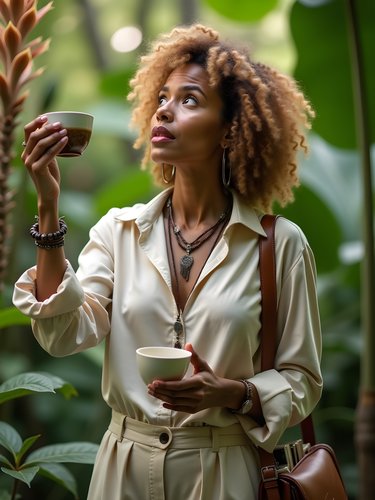
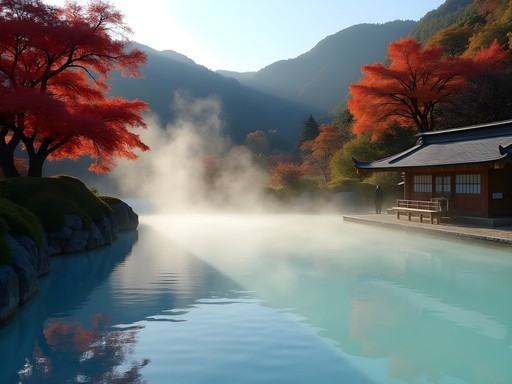
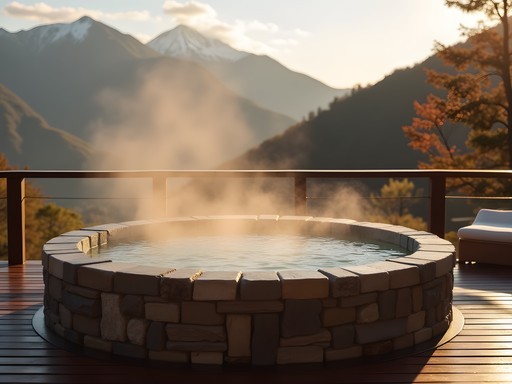

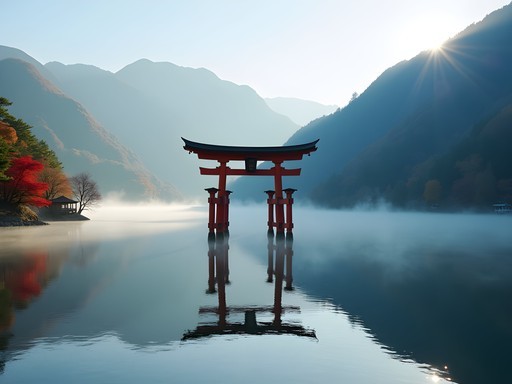
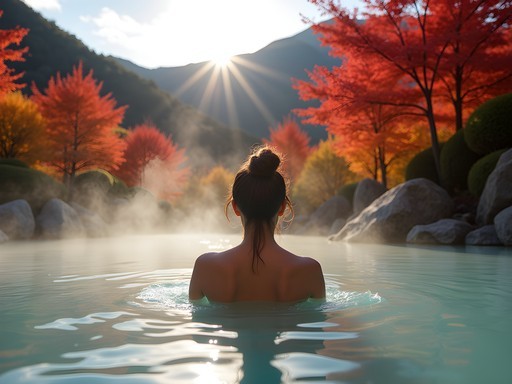
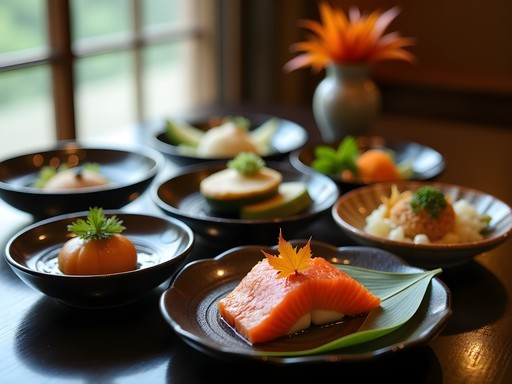



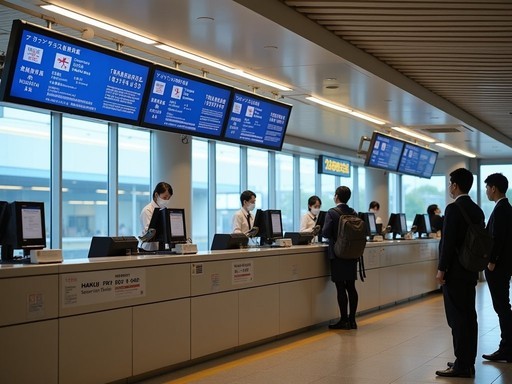

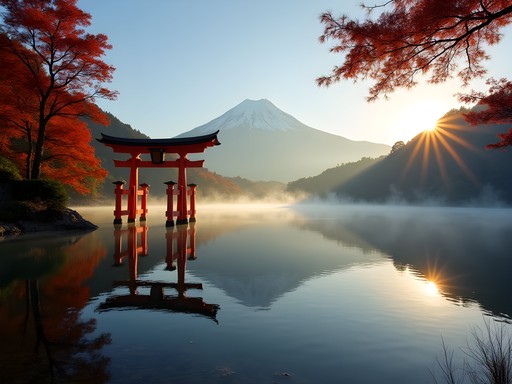




Comments
tokyotraveller
Your section on onsen etiquette saved me from embarrassment! Thank you!
budgettraveler99
Any budget ryokan recommendations? The ones you mentioned look amazing but a bit out of my price range!
Ana Robinson
Check out Hakone Tent or Hakone Hostel 1914 for budget options. They're not traditional ryokans but have access to local onsen. For mid-range, I've heard good things about Ichinoyu Honkan - traditional experience without the luxury price tag!
budgettraveler99
Perfect, thanks so much!
mountain_hiker
Just got back from Hakone and used your guide extensively, Ana! One thing I'd add about onsen etiquette - don't be surprised if elderly Japanese women in the female bath offer to scrub your back. It happened to me and I was startled at first, but it's actually a normal friendly gesture. Just smile and say "arigatou" if you're comfortable with it, or politely decline with "kekko desu" if not. Also, the Hakone Free Pass was totally worth it for getting around all the different transportation types!
sakura_dreams
Pro tip: If you're staying at a ryokan with kaiseki dinner, don't fill up on lunch! The multi-course meals are HUGE and so worth saving your appetite for.
Ana Robinson
Haha @sakura_dreams - so true! I made that mistake the first night. The kaiseki dinner at my ryokan was like 9 courses! Absolutely delicious though.
firsttime_traveler
Are tattoos really a problem at onsen? I have a small one on my shoulder.
Ana Robinson
Great question! Traditionally yes, but things are changing. Many ryokans now have more relaxed policies, especially for foreign visitors. I'd recommend calling ahead to ask. Some places provide special patches to cover small tattoos, or you could book a private bath to avoid any issues.
JapanFanatic
Those autumn leaves in the onsen photo are gorgeous! Perfect timing for your visit!
Riley Griffin
Ana, your post brought back so many memories! We took our kids (14 and 16) to Hakone last year, and the onsen experience was definitely outside our comfort zone at first. We stayed at Hakone Ginyu which had both public and private baths. My tip for families: book a room with a private onsen on the balcony if budget allows. It gave us a chance to enjoy the experience without the anxiety of the public baths. Eventually, my daughter and I tried the women's public bath together, and it was actually a beautiful bonding experience! The locals were so kind and helpful when they saw we were newcomers. I read up using this guidebook beforehand which really helped with the etiquette part.
travelcrazymom
Riley, did your teenagers enjoy Hakone beyond the onsen? Planning a trip with my 15-year-old son who's into hiking.
Riley Griffin
@travelcrazymom Absolutely! The Hakone Open-Air Museum was a huge hit with the kids - art + outdoors. And the hiking around Lake Ashi was perfect for teens. The pirate ship cruise sounds touristy but they loved it!
happygal
This is so helpful! I'm visiting Hakone next month and I'm super nervous about the whole naked bathing thing. Did you find any onsen with private baths for first-timers who might be a bit shy?
Ana Robinson
Thanks @happygal! Yes, many ryokans offer 'family baths' or 'kashikiri-buro' (private baths) you can reserve for 30-60 minutes. I mentioned Gora Kadan in the post - they have beautiful private outdoor baths. Just ask when booking!
happygal
That's perfect, thank you! Definitely going to look into Gora Kadan.
sunsetnomad
Just got back from Hakone and followed your etiquette tips. Absolute lifesaver! The washing thoroughly before entering part is so important.
Gregory Boyd
Having spent considerable time researching onsen culture for my blog, I appreciate how you've addressed the cultural significance beyond just the bathing ritual. One aspect worth mentioning is the different mineral compositions of various onsen waters. Hakone's sulfur-rich waters are particularly good for skin conditions and joint pain. I've found it helpful to learn a few key Japanese phrases before visiting - simple things like "sumimasen" (excuse me) and "arigatō gozaimasu" (thank you very much) go a long way. Also, for those with mobility issues, it's worth noting that many traditional ryokans have multiple levels without elevators, so requesting a ground floor room might be necessary. The Hakone Free Pass is also invaluable for exploring the region's various onsen towns without transportation concerns.
Venture X
Premium card with 2X miles, $300 travel credit, Priority Pass